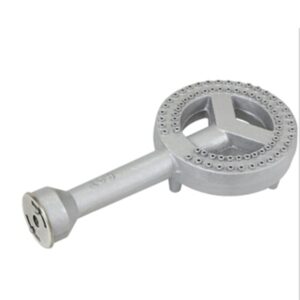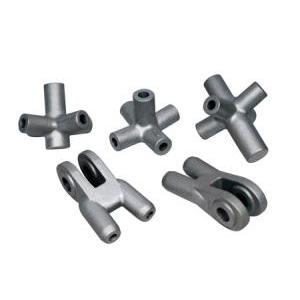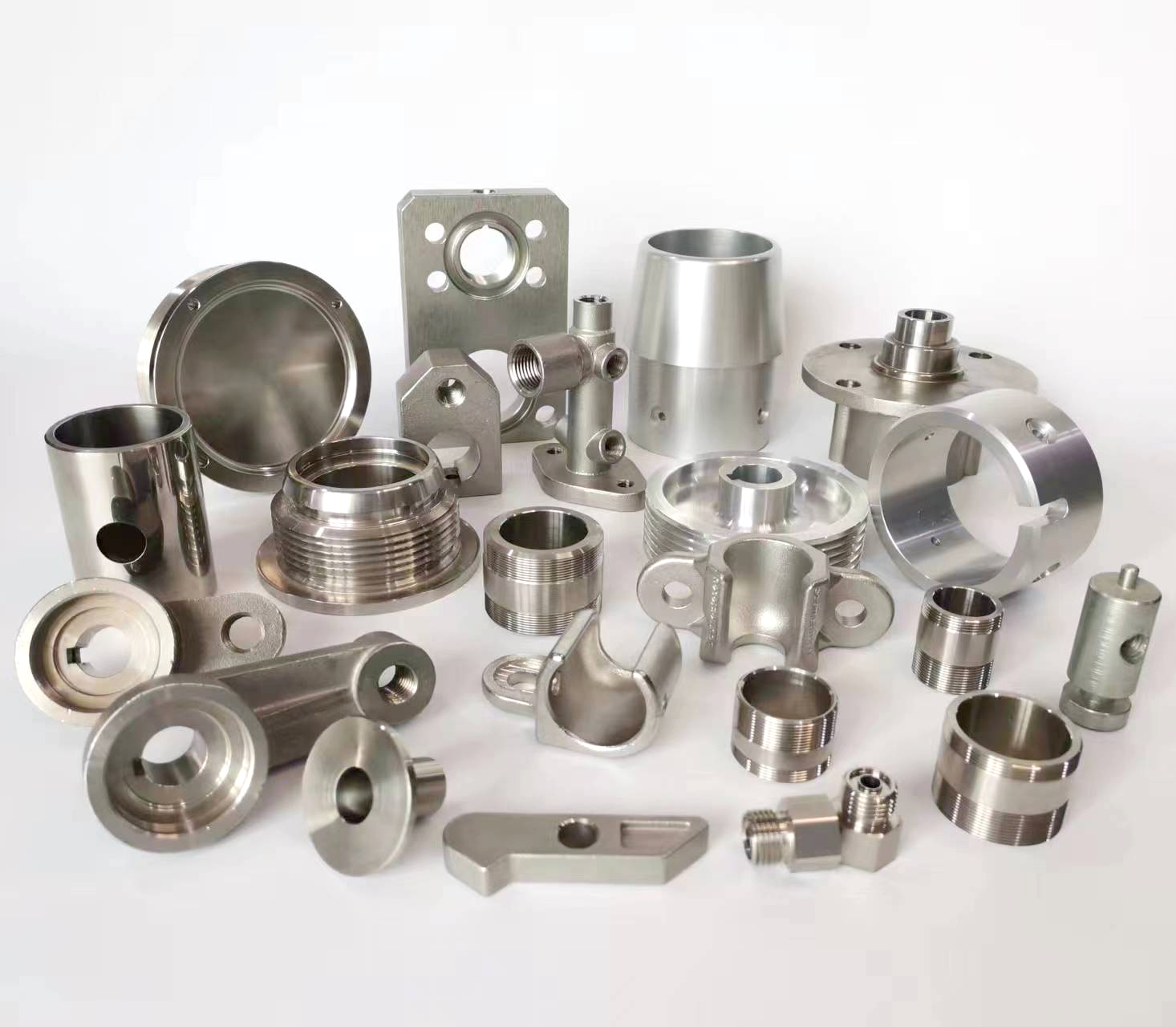
The Charpy impact test, sometimes called a V-notch test, is a comparative-style test used to define a material’s impact strength by determining how much energy is required to fracture a pre-prepared and standardized sample with a V-notch machined into it.
A pendulum is released to strike the specimen. The height of the pendulum before and after passing through the sample is used to calculate the energy absorbed during the fracture process. For ductile materials, the test can be performed at multiple temperatures to determine the DBTT (Ductile-to-Brittle Transition Temperature). The Charpy test only determines the total energy expended during the fracture process. It does not provide any granular detail about the energies required during the various phases of fracture such as fracture initiation and propagation. However, the Charpy impact test is a very cheap and easy-to-perform test. Ultimately, the Charpy test can be used to determine if a material is brittle, i.e., if a material requires more energy to fracture, then it can be considered ductile, and less energy it can be considered brittle. The nature of the sample’s fracture surface can also be analyzed to determine if it is ductile or brittle.
The Charpy impact test was invented by George Augustin Albert Charpy in 1901. The test was created to discover why machines such as steam boilers, steam engines, and military armaments were failing prematurely. Charpy improved upon the pendulum-based approach first developed by S.B. Russell. He discovered that adding a notch into the sample helped improve the accuracy and sensitivity of the test.





